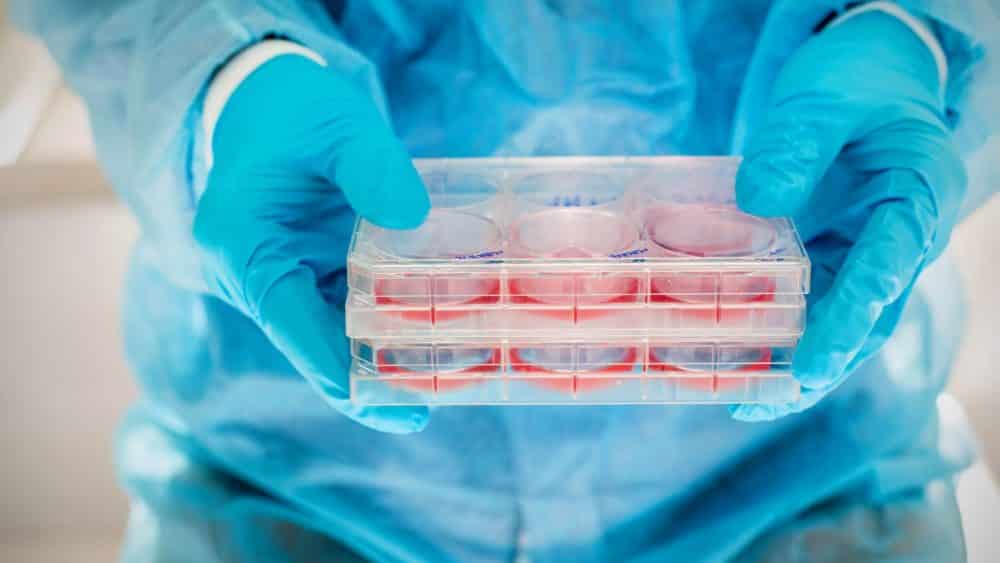Diabetes is a chronic condition affecting more than 422 million people worldwide, according to an estimate by the WHO. There are two forms of diabetes- the first has the body’s own immune system attacking cells in the pancreas, preventing the organ from producing enough insulin and in the second, the body doesn’t know how to use the insulin that is produced.
Now, researchers at ViaCyte, a regenerative medicine company who had been working on a therapy based on stem cells that can automatically release insulin into the body when it’s needed, have good news for patients with Type 1 diabetes.
T1D accounts for roughly 10 percent of diabetes cases, affecting as many as 42 million people worldwide. Unlike T2D, which can often be reversed through lifestyle changes such as weight loss or increased exercise, insulin injections are the only way to manage T1D at present.
Last week, the California-based company began trials involving two T1D patients who were implanted with the company’s PEC-Direct device. The two patients were the first to receive implants containing cells generated from embryonic stem cells to treat their condition.
Each of these credit card-sized implants carries cells built from stem cells. These cells are designed to mature inside the human body into the specialized pancreas cells the
The implant sits just below the skin, in the forearm, for example, and is intended to automatically compensate for the missing islet cells, releasing insulin when blood sugar levels get too high.
“If it works, we would call it a functional cure,” says Paul Laikind, CEO of Viacyte. “It’s not truly a cure because we wouldn’t address the autoimmune cause of the disease, but we would be replacing the missing cells.”
“Patients with high-risk type 1 diabetes complications, such as hypoglycemia unawareness, are at constant risk of life-threatening low blood glucose,” clinical trial investigator Jeremy Pettus from University of California, San Diego, said in a ViaCyte press release. “The PEC-Direct islet cell replacement therapy is designed to help patients with the most urgent medical need.”
“There are limited treatment options for patients with high-risk type 1 diabetes to manage life-threatening hypoglycemic episodes,” added Laikind. “We believe that the PEC-Direct product candidate has the potential to transform the lives of these patients.”
A similar device has already been safety tested in 19 people with diabetes, using smaller numbers of cells. Once implanted, the progenitor cells housed in the device did mature into islet cells, but the trial didn’t use enough cells to try to treat the condition. The latest implants containing the cells into two people with type 1 diabetes is expected to be followed up with a third person implant in the near future. Once inside the body, pores in the outer fabric of the device allow blood vessels to penetrate inside, nourishing the islet progenitor cells. Once these cells have matured – which should take about three months – the hope is that they will be able to monitor sugar levels in the blood, and release insulin as required.
If effective, it could free people with type 1 diabetes from having to closely monitor their blood sugar levels and inject insulin, although they would need to take immunosuppressive drugs to stop their bodies from destroying the new cells.
“A limitless source of human insulin-producing cells would be a major step forward on the journey to a potential cure for diabetes,” says James Shapiro at the University of Alberta, Canada, who has collaborated with Viacyte on this project, and who pioneered the donor pancreas method decades ago. “For sure, this will in the end prove to be a durable landmark for progress in diabetes care.”



























